Armstrong Family History & Genealogy
Armstrong Last Name History & Origin
AddHistory
From Jeff McBride on Ancient Faces
Armstrong Origins
What is their history ?
Armstrong at Mangerton
Liddesdale, Scotland
These lands, known as the Debateable Land, were disputed
for centuries by both Scotland and England. As time went on they
were protected by neither nation and, as the Armstrongs were of
both Anglo and Danish descent, they were entirely different from
the Celtic Clans of Northern Scotland. As a result of blood ties
& loyalties not unlike those of the Mafia in Sicily some centuries
later, these clans avenged blood for blood for centuries. In this
enviroment it is not hard to understand how a reputation for
plundering, bloodshed, and violance came to be tied to these
maraders of the border lands.
Little is said about the Armstrongs after the building of
the MANGERTON TOWER, probably in 1135. Apparently no chief
was immediately recognized until 1300 when Alexander became
the first lord of Mangerton. Stories abound of the enmity
between the Armstrongs and their neighbors the Lords of Soulis,
after being invited to a feast at his castle. The Armstrong Clan
flourished, however, and by the early 1500's, the Laird of
Mangerton was able to gather 3,000 mounted fighters. One
Scottish King said that while there were Armstrong and Elliots
on the border, Scotland was safe. The Armstrongs were
ambassadors, earls, knights, farmers and above all, fighters.
For example, Gilbert Armstrong, third son of Alexander, the
second Lord of Mangerton, a distinguished clergyman and
diplomat was the Conon Moray from 1361 to 1375. In 1363 he
served as a Commissioner to England for the ransom of King
David II of Scotland who was held as prisoner in England. In
all there were ten lords of Mangerton from Alexander through
Archibald Armstrong who was denounced as a rebel in 1603,
deprived of his lands in 1610, and executed at Edinburgh.
Sep 21, 2014
Jeff McBride Hringo, King of Denmark
|
Earl Beorn / M. Prince Bera
|
Siward Beorn, called Arm Strong, or The Fair of Fairborn
M.I. Name Unknown
| II. Alfleda III. Godgive, a widow
| | No Record
| |
| Waltheorf II
| Beheaded May 31, 1076 by order of King William
| M. Juditha, a niece of William the Conqueror
| |
| Matilda, called the Maud / M. David I., King of Scotland
|
---------------------------------------------------------------
| |
I. Osborne - Bulax II. A daughter
M. Daughter of Leofric name not known
Earl of Mercia and M. King of Duncan
wife, Godiva of Scotland
| | |
| | I . Siward
| | II. Malcolm Kenmore | |
| -----------------------------------------------------------
| |
| II. Osborne ( The Red )
|
Siward Beorn ( The White ) 1st Lord of Mangerton
Alexander Armstrong 2nd Lord of Mangerton
Name not Known 3rd Lord of Mangerton
Archibald Armstrong 4th Lord of Mangerton
Thomas Armstrong 5th Lord of Mangerton
Alexander Armstrong 6th Lord of Mangerton
Thomas Armstrong 7th Lord of Mangerton
Archibald Armstrong 8th Lord of Mangerton
Simon Armstrong 9th Lord of Mangerton
Archibald Armstrong ( the last ) 10 th Lord of Mangerton
The Ten Lords of Mangerton
In the genealogical table we have named the ten Lords of Mangerton, the Lord
being the head man or leader of the family or clan, who lived in the castle
called " Mangerton, " situated in Liddesdale on the Liddal River in Scotland.
1st. Siward Beorn ( 1020 - 1055 ) A dane by birth or descent
2nd. Alexander Armstrong, called the Young Lord Of Mangerton
3rd. Name not Known (Probably Alexander. See "Chronicles,"
Page 101, Carnegie Library)
4th. Archibald Armstrong
1. Alexander Armstrong (6th Lord)
5th. Thomas Armstrong 2. John Armstrong of Whithaugh
15th Century 3. III Will Armstrong of Chingils
4. George Armstrong of Ailmure
1. Thomas Armstrong (7th Lord)
2. John Armstrong of Gilnockie
6th. Alexander Armstrong 3. Christopher Armstrong of langholm
4. George Armstrong
5. Alexander or Andro Armstrong
6. Robert Armstrong
7. William Armstrong
1. Archibald Armstrong (8th Lord)
7th. Thomas Armstrong 2. John Armstrong of Tinnisburn
Died 1548 or 1549 3. Richard Armstrong of Dryup
4. Thomas Armstrong
5. Simon Armstrong of Tinnisburn
1. Simon Armstrong (9th Lord)
8th. Archibald Armstrong 2. Ninan Armstrong
1548 or 49 - 1558 3. Rowe Armstrong
9th. Simon Armstrong 1. Archibald Armstrong (10th Lord)
2. Ungle or Hingle Armstrong
3. Simon Armstrong of Runchbach
10th. Archibald Armstrong 1583 - 1610
Archibald Armstrong, the tenth and last Lord of Mangerton, was proprietor
at least as early as 1583 and remained as the Lord 'till 1610, when he &
twenty-four of his followers were charged with plundering an enemy's property.
They were ordered to appear before the Council but failed to do so. He was
put to the horn and was expelled from his Lordship.
Sep 21, 2014
Name Origin
From Jeff McBride on Ancient Faces
Armstrong Origins
What is their history ?
Although there is more than one story about the origins of
the Armstrong's , perhaps one of the most widely accepted
is the saga of Siward. The Viking, also known as Siward
Fairbain of the Strong Arm. Siward was the son of a Danish
King and lived in England from about 995 till his death in 1056.
In those days, the ruler of any small territory was a king, so
exactly where his father, Hringo, King of Upland, also known as
Earl Beorn, would fall on the yardstick of earthly royalty is not
clear; however, he would be considered of noble birth.
Whether Siward was born in England is also not known for
certain. However, he was the first to carry the name of Armstrong
and was listed in the History of England as having earned the
right to the title of Earl of Northumbria (Northcumberland) having
been conferred the title by Edward the Confessor.
Malcolm III, the 85th King of Scotland greeted Siward Barn
the White (his cousin) with great kindness, and together they
fought against William the Conqueor, driving him out of Northumbria.
An interesting story apparently involves Siward the White Fairbeorn
during a battle against England. During this battle, King Malcolm's
horse was killed under him partially crippling him and young Siward
fought his way to the King's side. Passing his left arm around the
King's body under his arms, he reportedly fought his way with a great
Sword through the enemy to a place of safety. For his courageous
act he knighted by the King, given land and a castle on the Scottish
border, and from that time on was referred to as the Sword of the
Strong Arm (or Armstrong). This was how he and his decendants
came to inherit tha lands of ' MANGERTON ' in Liddesdale.
Sep 21, 2014
Spellings & Pronunciations
Arm Strong
Nationality & Ethnicity
Post from Jeff McBride on AncientFaces:
Armstrong at Mangerton, Liddesdale, Scotland
Armstrong s were of both Anglo and Danish descent inhabiting border lands between Scotland & England
The Armstrong Clan
flourished, however, and by the early 1500's, the Laird of
Mangerton was able to gather 3,000 mounted fighters. One
Scottish King said that while there were Armstrong and Elliots
on the border, Scotland was safe. The Armstrongs were
ambassadors, earls, knights, farmers and above all, fighters.
Famous People named Armstrong
Are there famous people from the Armstrong family? Share their story.
Early Armstrongs
These are the earliest records we have of the Armstrong family.

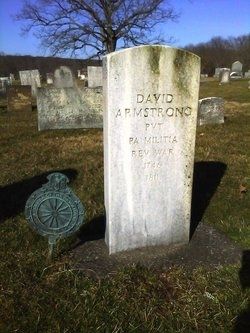

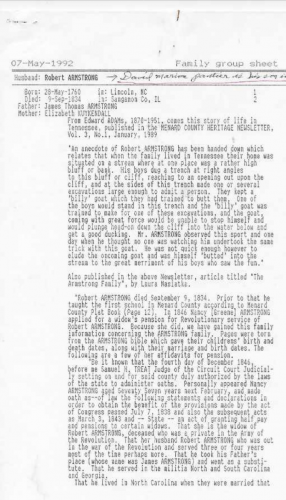
Armstrong Family Members
Armstrong Family Photos
Discover Armstrong family photos shared by the community. These photos contain people and places related to the Armstrong last name.
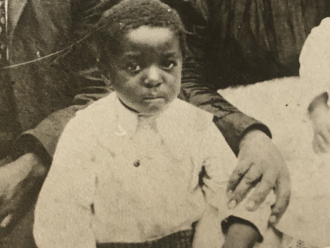


Armstrong Family Tree
Discover the most common names, oldest records and life expectancy of people with the last name Armstrong.
Updated Armstrong Biographies
Popular Armstrong Biographies

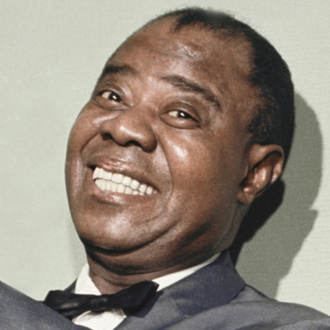



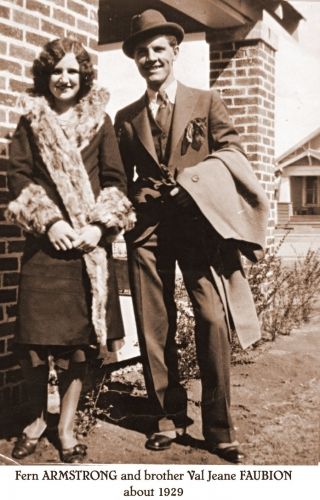



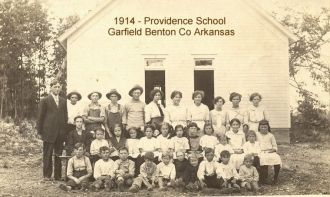

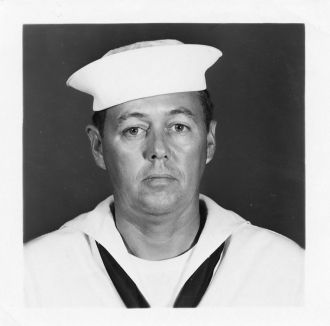

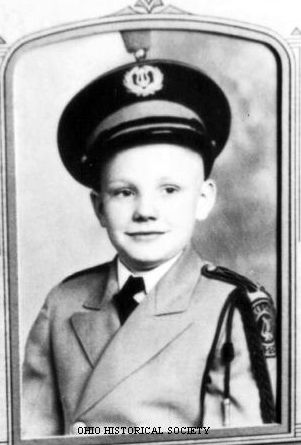

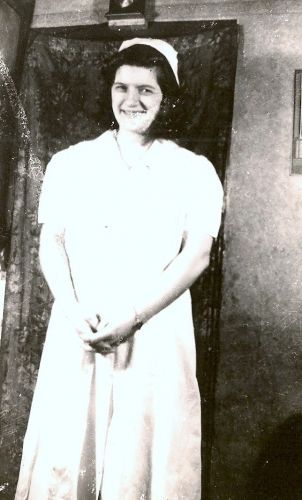

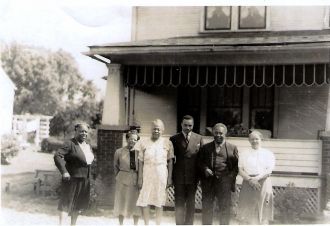

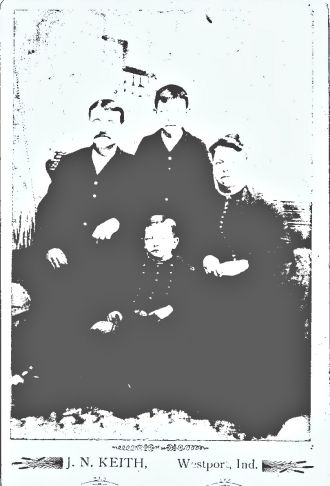
Armstrong Death Records & Life Expectancy
The average age of a Armstrong family member is 72.0 years old according to our database of 49,739 people with the last name Armstrong that have a birth and death date listed.
Life Expectancy
Oldest Armstrongs
These are the longest-lived members of the Armstrong family on AncientFaces.
Other Armstrong Records
Share memories about your Armstrong family
Leave comments and ask questions related to the Armstrong family.
 Jeff McBride
Jeff McBride  Jeff McBride
Jeff McBride Liddesdale, Scotland
These lands, known as the Debateable Land, were disputed
for centuries by both Scotland and England. As time went on they
were protected by neither nation and, as the Armstrongs were of
both Anglo and Danish descent, they were entirely different from
the Celtic Clans of Northern Scotland. As a result of blood ties
& loyalties not unlike those of the Mafia in Sicily some centuries
later, these clans avenged blood for blood for centuries. In this
enviroment it is not hard to understand how a reputation for
plundering, bloodshed, and violance came to be tied to these
maraders of the border lands.
Little is said about the Armstrongs after the building of
the MANGERTON TOWER, probably in 1135. Apparently no chief
was immediately recognized until 1300 when Alexander became
the first lord of Mangerton. Stories abound of the enmity
between the Armstrongs and their neighbors the Lords of Soulis,
after being invited to a feast at his castle. The Armstrong Clan
flourished, however, and by the early 1500's, the Laird of
Mangerton was able to gather 3,000 mounted fighters. One
Scottish King said that while there were Armstrong and Elliots
on the border, Scotland was safe. The Armstrongs were
ambassadors, earls, knights, farmers and above all, fighters.
For example, Gilbert Armstrong, third son of Alexander, the
second Lord of Mangerton, a distinguished clergyman and
diplomat was the Conon Moray from 1361 to 1375. In 1363 he
served as a Commissioner to England for the ransom of King
David II of Scotland who was held as prisoner in England. In
all there were ten lords of Mangerton from Alexander through
Archibald Armstrong who was denounced as a rebel in 1603,
deprived of his lands in 1610, and executed at Edinburgh.
 Jeff McBride
Jeff McBride What is their history ?
Although there is more than one story about the origins of
the Armstrong's , perhaps one of the most widely accepted
is the saga of Siward. The Viking, also known as Siward
Fairbain of the Strong Arm. Siward was the son of a Danish
King and lived in England from about 995 till his death in 1056.
In those days, the ruler of any small territory was a king, so
exactly where his father, Hringo, King of Upland, also known as
Earl Beorn, would fall on the yardstick of earthly royalty is not
clear; however, he would be considered of noble birth.
Whether Siward was born in England is also not known for
certain. However, he was the first to carry the name of Armstrong
and was listed in the History of England as having earned the
right to the title of Earl of Northumbria (Northcumberland) having
been conferred the title by Edward the Confessor.
Malcolm III, the 85th King of Scotland greeted Siward Barn
the White (his cousin) with great kindness, and together they
fought against William the Conqueor, driving him out of Northumbria.
An interesting story apparently involves Siward the White Fairbeorn
during a battle against England. During this battle, King Malcolm's
horse was killed under him partially crippling him and young Siward
fought his way to the King's side. Passing his left arm around the
King's body under his arms, he reportedly fought his way with a great
Sword through the enemy to a place of safety. For his courageous
act he knighted by the King, given land and a castle on the Scottish
border, and from that time on was referred to as the Sword of the
Strong Arm (or Armstrong). This was how he and his decendants
came to inherit tha lands of ' MANGERTON ' in Liddesdale.
 Jeff McBride
Jeff McBride Followers & Sources









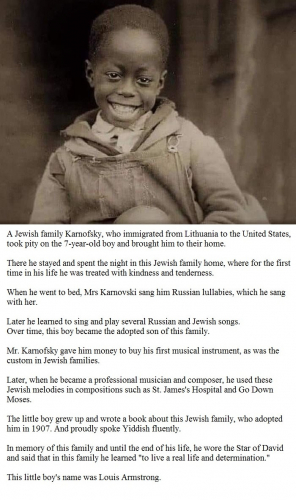
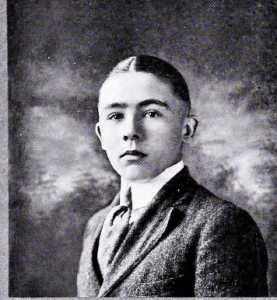

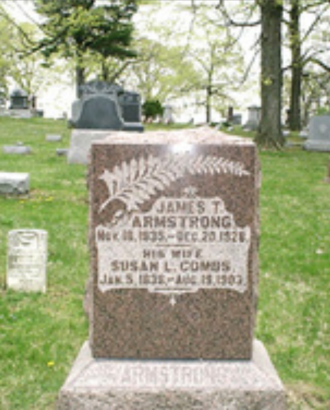




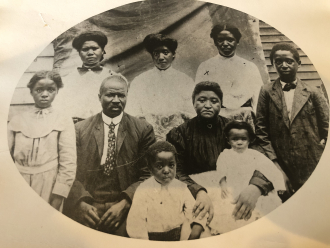







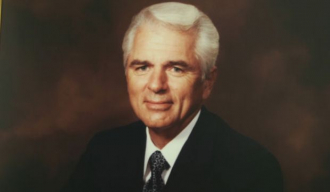

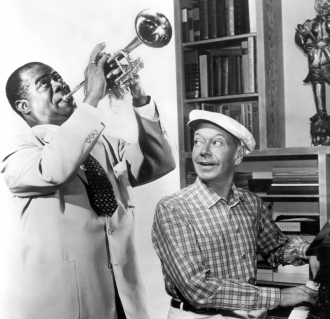
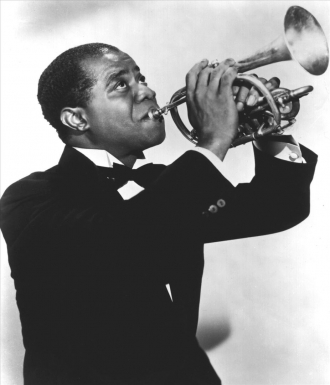
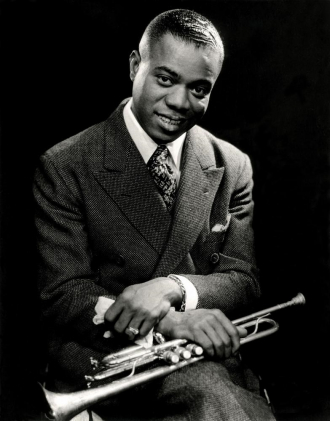
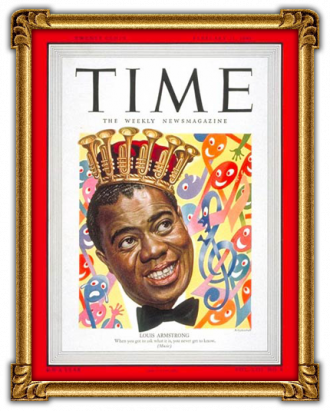
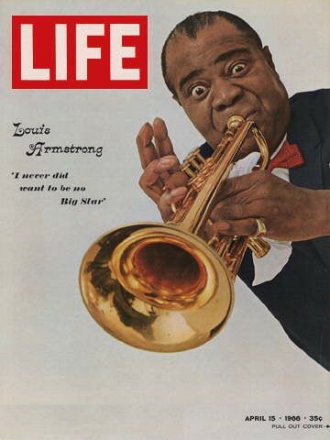



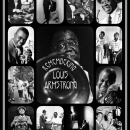


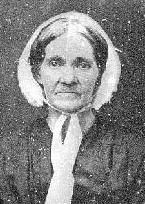

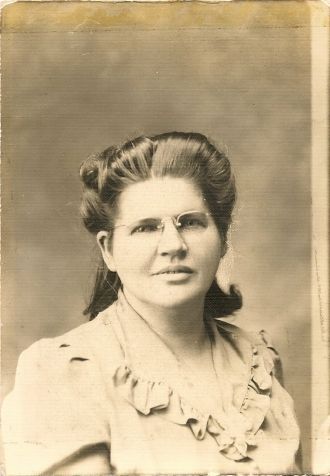



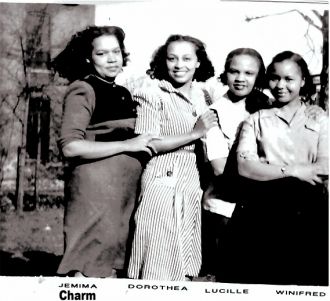
|
Earl Beorn / M. Prince Bera
|
Siward Beorn, called Arm Strong, or The Fair of Fairborn
M.I. Name Unknown
| II. Alfleda III. Godgive, a widow
| | No Record
| |
| Waltheorf II
| Beheaded May 31, 1076 by order of King William
| M. Juditha, a niece of William the Conqueror
| |
| Matilda, called the Maud / M. David I., King of Scotland
|
---------------------------------------------------------------
| |
I. Osborne - Bulax II. A daughter
M. Daughter of Leofric name not known
Earl of Mercia and M. King of Duncan
wife, Godiva of Scotland
| | |
| | I . Siward
| | II. Malcolm Kenmore | |
| -----------------------------------------------------------
| |
| II. Osborne ( The Red )
|
Siward Beorn ( The White ) 1st Lord of Mangerton
Alexander Armstrong 2nd Lord of Mangerton
Name not Known 3rd Lord of Mangerton
Archibald Armstrong 4th Lord of Mangerton
Thomas Armstrong 5th Lord of Mangerton
Alexander Armstrong 6th Lord of Mangerton
Thomas Armstrong 7th Lord of Mangerton
Archibald Armstrong 8th Lord of Mangerton
Simon Armstrong 9th Lord of Mangerton
Archibald Armstrong ( the last ) 10 th Lord of Mangerton
The Ten Lords of Mangerton
In the genealogical table we have named the ten Lords of Mangerton, the Lord
being the head man or leader of the family or clan, who lived in the castle
called " Mangerton, " situated in Liddesdale on the Liddal River in Scotland.
1st. Siward Beorn ( 1020 - 1055 ) A dane by birth or descent
2nd. Alexander Armstrong, called the Young Lord Of Mangerton
3rd. Name not Known (Probably Alexander. See "Chronicles,"
Page 101, Carnegie Library)
4th. Archibald Armstrong
1. Alexander Armstrong (6th Lord)
5th. Thomas Armstrong 2. John Armstrong of Whithaugh
15th Century 3. III Will Armstrong of Chingils
4. George Armstrong of Ailmure
1. Thomas Armstrong (7th Lord)
2. John Armstrong of Gilnockie
6th. Alexander Armstrong 3. Christopher Armstrong of langholm
4. George Armstrong
5. Alexander or Andro Armstrong
6. Robert Armstrong
7. William Armstrong
1. Archibald Armstrong (8th Lord)
7th. Thomas Armstrong 2. John Armstrong of Tinnisburn
Died 1548 or 1549 3. Richard Armstrong of Dryup
4. Thomas Armstrong
5. Simon Armstrong of Tinnisburn
1. Simon Armstrong (9th Lord)
8th. Archibald Armstrong 2. Ninan Armstrong
1548 or 49 - 1558 3. Rowe Armstrong
9th. Simon Armstrong 1. Archibald Armstrong (10th Lord)
2. Ungle or Hingle Armstrong
3. Simon Armstrong of Runchbach
10th. Archibald Armstrong 1583 - 1610
Archibald Armstrong, the tenth and last Lord of Mangerton, was proprietor
at least as early as 1583 and remained as the Lord 'till 1610, when he &
twenty-four of his followers were charged with plundering an enemy's property.
They were ordered to appear before the Council but failed to do so. He was
put to the horn and was expelled from his Lordship.